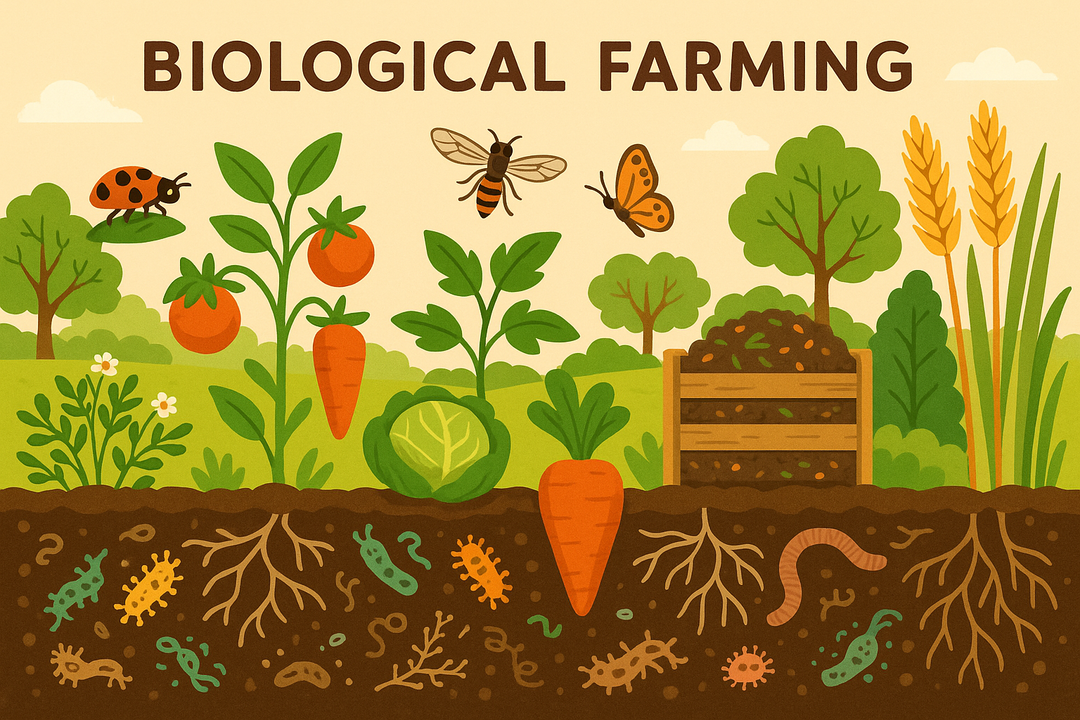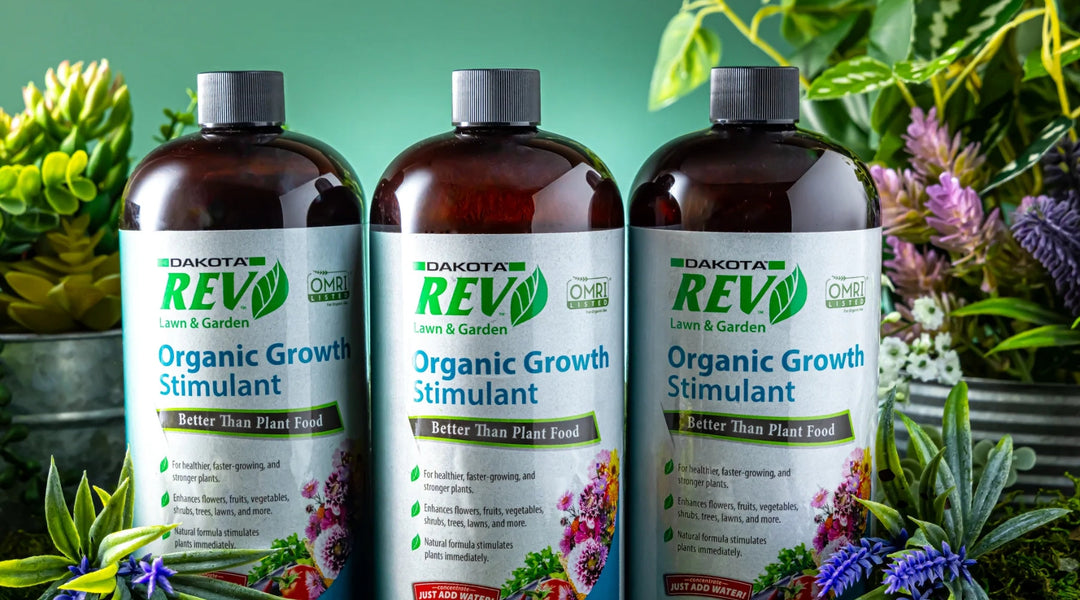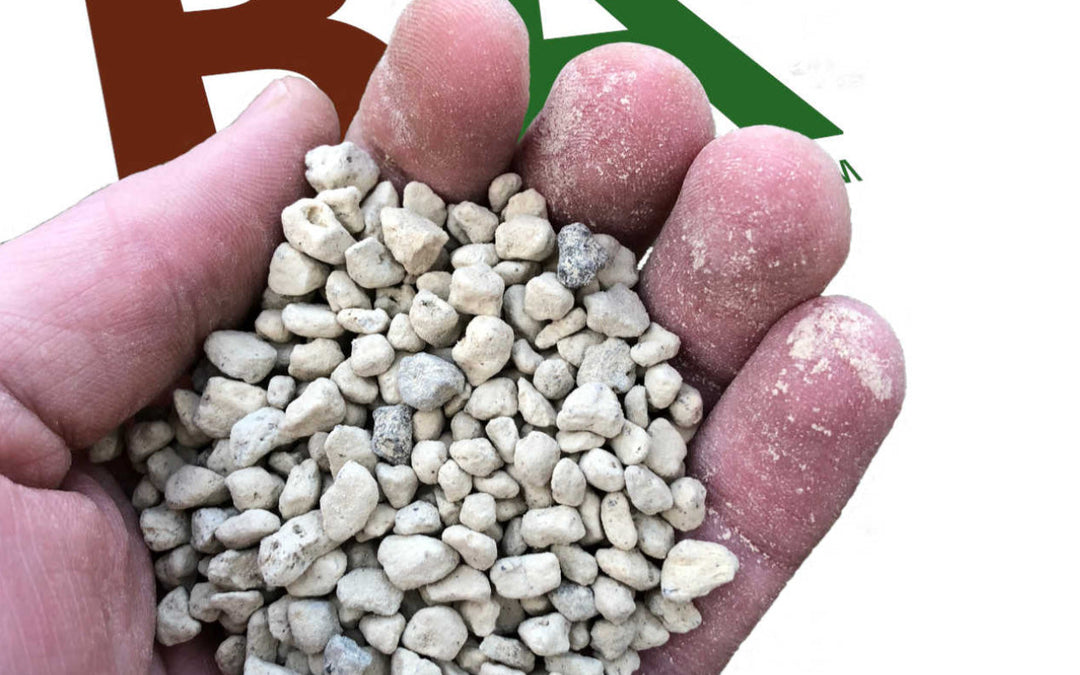5 Things to Know About Tomato Rot
Whether you have an expansive garden that feeds your entire family, or you love a good BLT and want to grow your own tomatoes as a challenge, knowing how to end tomato rot before it begins will allow you to enjoy the fruits of your labor in no time – no pun intended. Even though dealing with tomato rot may mean tossing a few pieces of your produce into the compost pile, there’s no reason to worry because we’re here to help you end tomato rot for good! We’ll start with the basics and answer the top questions.
5 Top Tomato Rot Questions Answered:
- What is tomato rot?
- How can I identify blossom-end rot?
- What causes tomato rot?
- Can tomato rot spread?
- How can I end tomato rot?
What is Tomato Rot?

If you’ve ever tried your hand at growing your own food, you may have experienced one of the most frustrating but common problems seen by gardeners: tomato rot. This annoying occurrence is a common problem for fruiting garden plants. Although it can feel like tomato rot comes out of nowhere, we’re here to help you diagnose, treat, and prevent this frustrating condition.
Tomato rot is a condition that affects plants in the Solanaceae family. Although it can look concerning, the disorder is physiological or abiotic. This means that tomato rot is caused by freezing, drought, or other environmental stressors and not the result of a fungus or bacteria.
What Does Tomato Rot Look Like?
Tomato rot is usually easy to spot. Affected plants typically have brown, leathery spots that develop at the blossoming end of the tomato. The spots can look like bruises that begin as the size of a dime and can eventually grow larger and become covered with black mold.
Although the traditional black and brown spots that come from tomato rot are typically easy to spot, a similar condition called internal blossom rot makes things a bit more difficult. In this case, the damage appears either on the sides of the fruit or internally and is only visible when you cut into the fruit to eat.
How to Tell if My Tomatoes Have Tomato Rot

To identify symptoms of tomato rot early on, keep an eye out for discoloration or wilting on the ends of fruits or vegetables. Discoloration or suspicious spots could be an indication that something is wrong with your plant. Additionally, check for any signs of fungal growth, such as yellowish spots or patches on leaves or stems, which could indicate that your plant has contracted the fungus that causes tomato rot.
What Causes Tomato Rot?
Tomato rot is usually caused by an imbalance in soil moisture levels; too much water can lead to root damage which prevents proper absorption of calcium from the soil. Other causes of tomato rot include overly acidic soils, poor air circulation around plants, excessive nitrogen fertilizer application (which hinders calcium uptake), or inadequate sunlight exposure.
Can Tomato Rot Spread to Nearby Plants?

Tomato rot does not spread from one plant to another. However, if conditions are right – such as the plants being subjected to too much moisture - then other nearby plants may become infected with the same fungus, which can lead to similar symptoms appearing on their fruits or vegetables as well. To minimize the risk of spreading tomato rot throughout your garden, be sure to properly dispose of any affected fruits or vegetables immediately after harvesting them from your garden beds.
Tomato Rot in Other Types of Plants
Although the name may make it sound as though it’s only your tomatoes you have to worry about, it's important to note that blossom-end rot doesn't only occur with tomatoes. Other plants, such as eggplants, peppers, melons, squash, and cucumbers, may also show signs of this affliction.
How to Prevent and End Tomato Rot
The best way to end tomato rot is by identifying signs early on and taking action right away. If you notice any discoloration on the bottom of your fruit near the stem end, it may be blossom-end rot. There are three steps you must take in order to end tomato rot and avoid further damage:
- Throw away any plants that are damaged
- Control the amount of water in your soil for the remainder of the season if possible
- Increase calcium levels and control drainage for the next year
Once you’ve figured out how to end tomato rot in your current plants, the next step is to look towards the future. To prevent this issue from occurring in your garden again next year, consider using products like dolomite lime, which help add calcium back into your soil without raising its pH level too much. Additionally, make sure your plants are getting an even amount of water throughout their growing season, as irregular watering can cause blossom-end rot, too.
Whether you’re a hobbyist with a small container garden or a farmer with a whole crop of tomatoes, we hope this knowledge on what causes tomato rot and how to end the affliction helps you produce a bountiful harvest free of sick fruits and veggies. As the largest supplier of organic fertilizer and soil amendments in Western Colorado, we’re here to help you with all your garden, farm, and lawn care needs.







Leave a comment